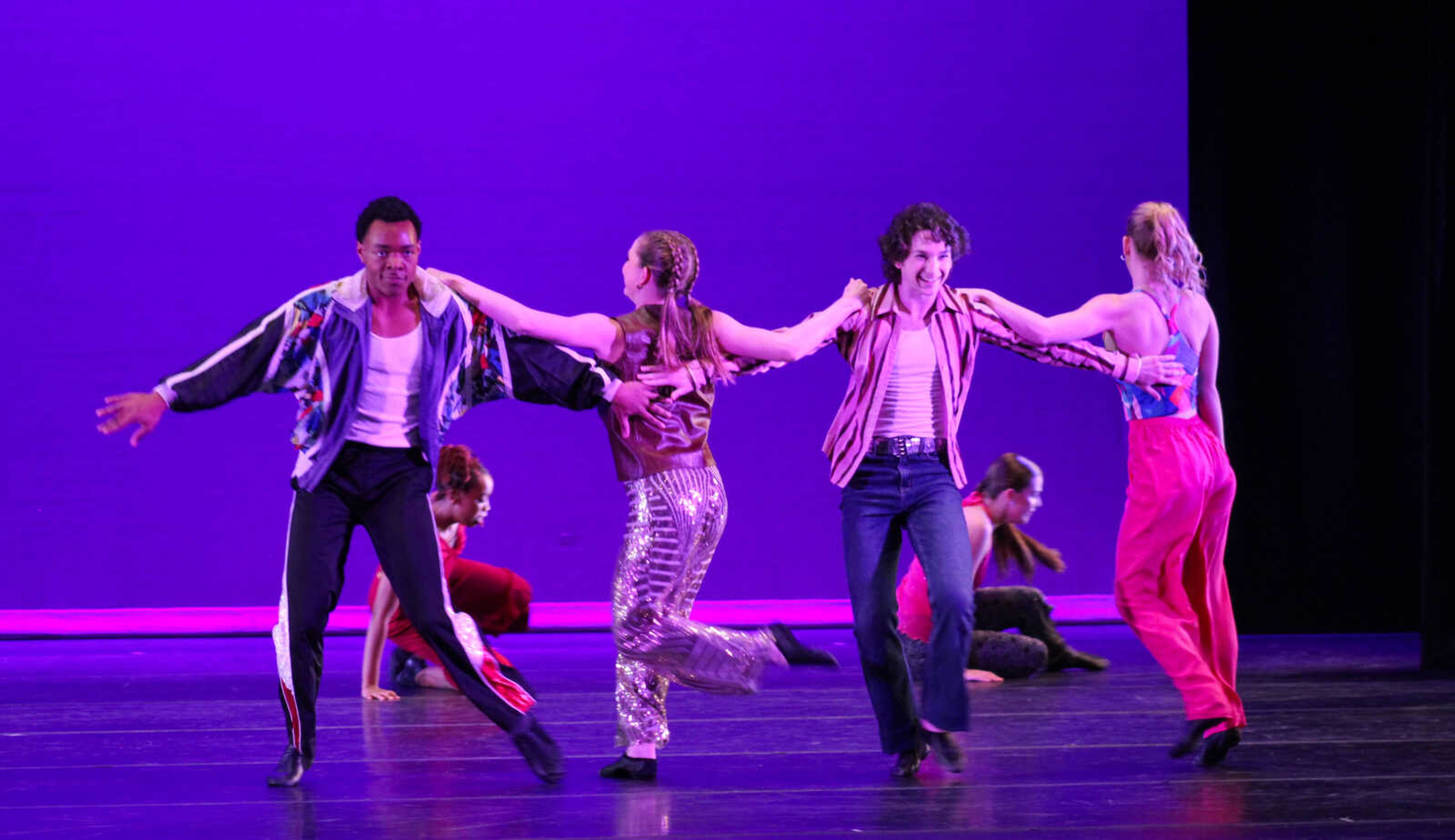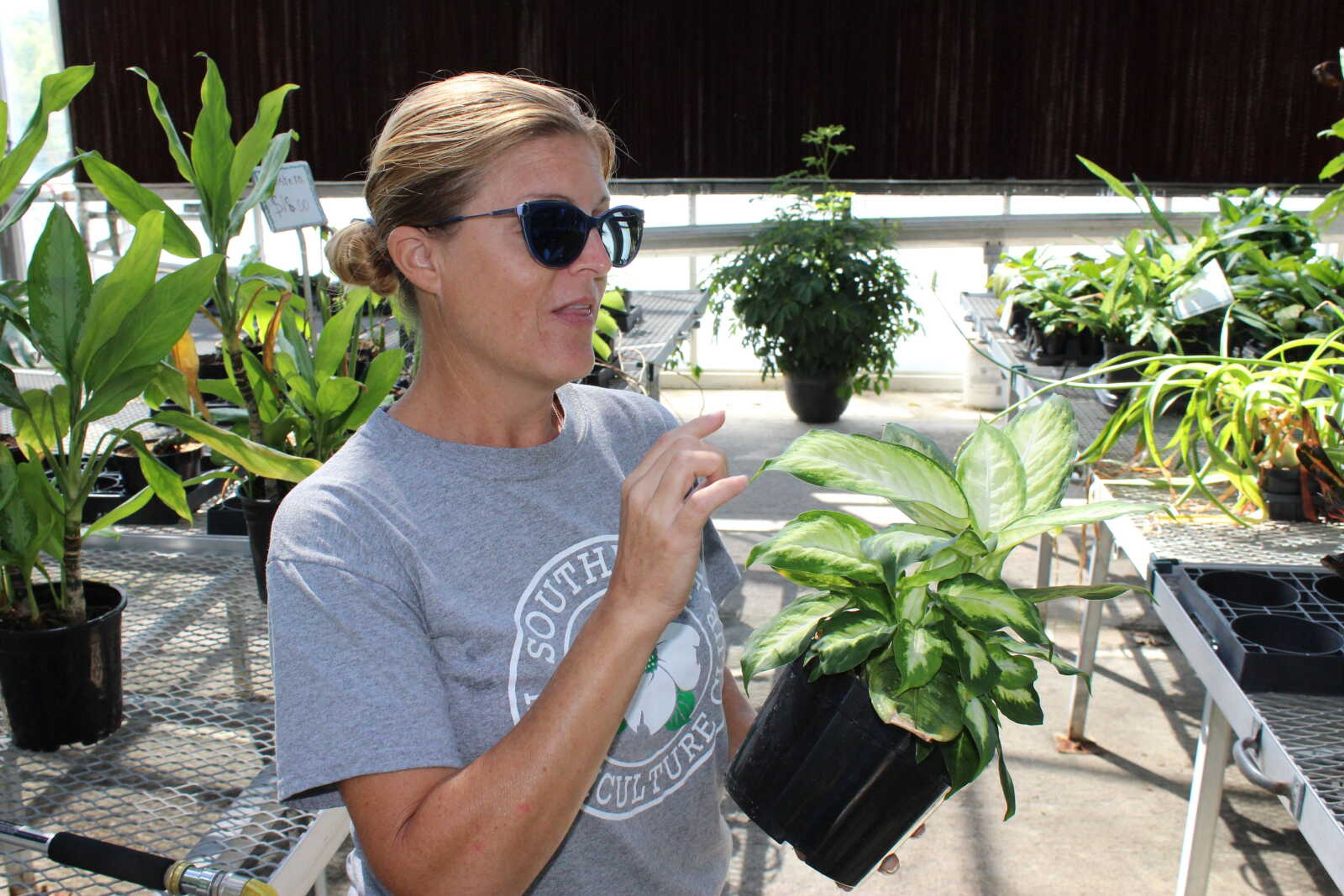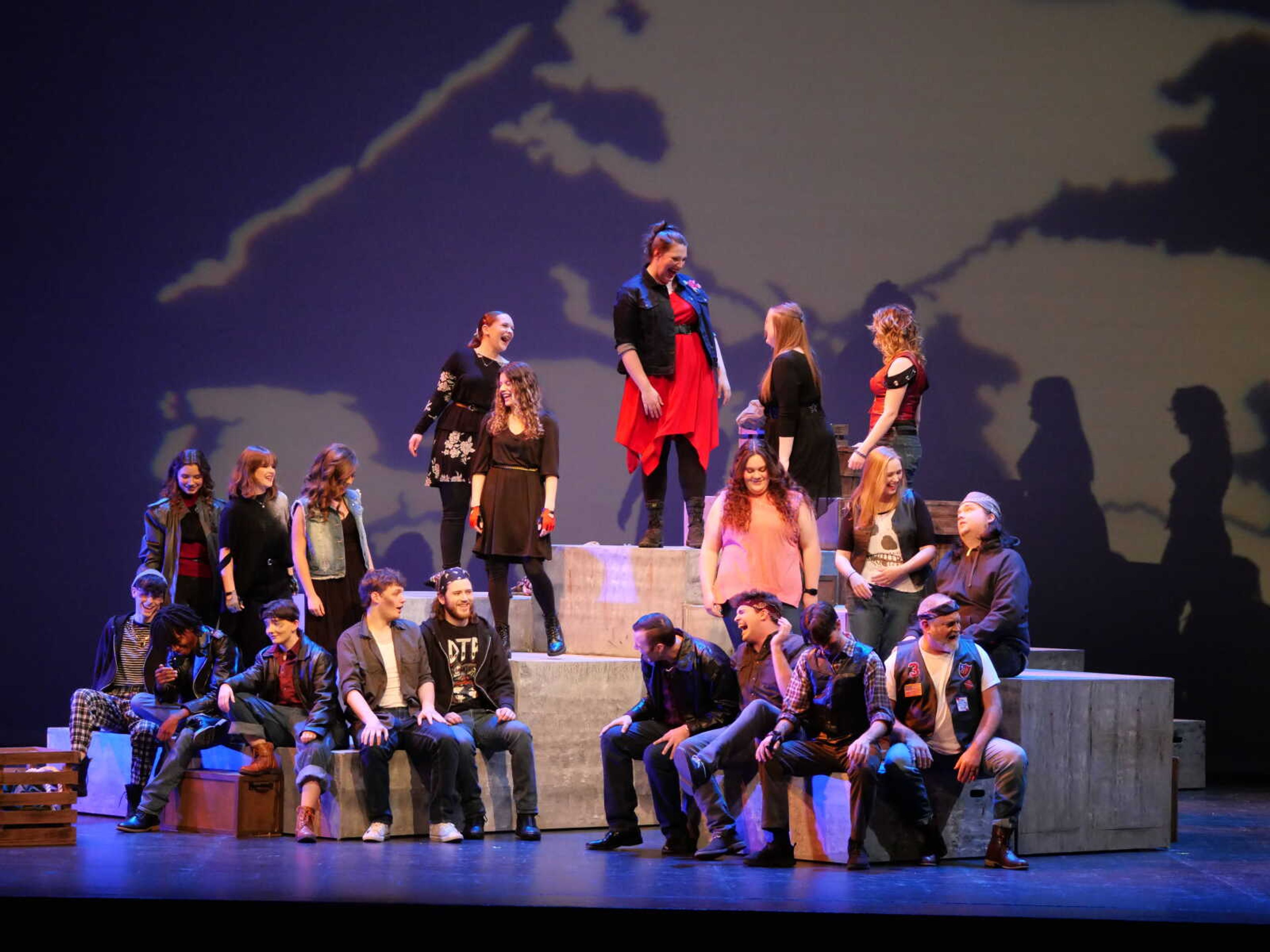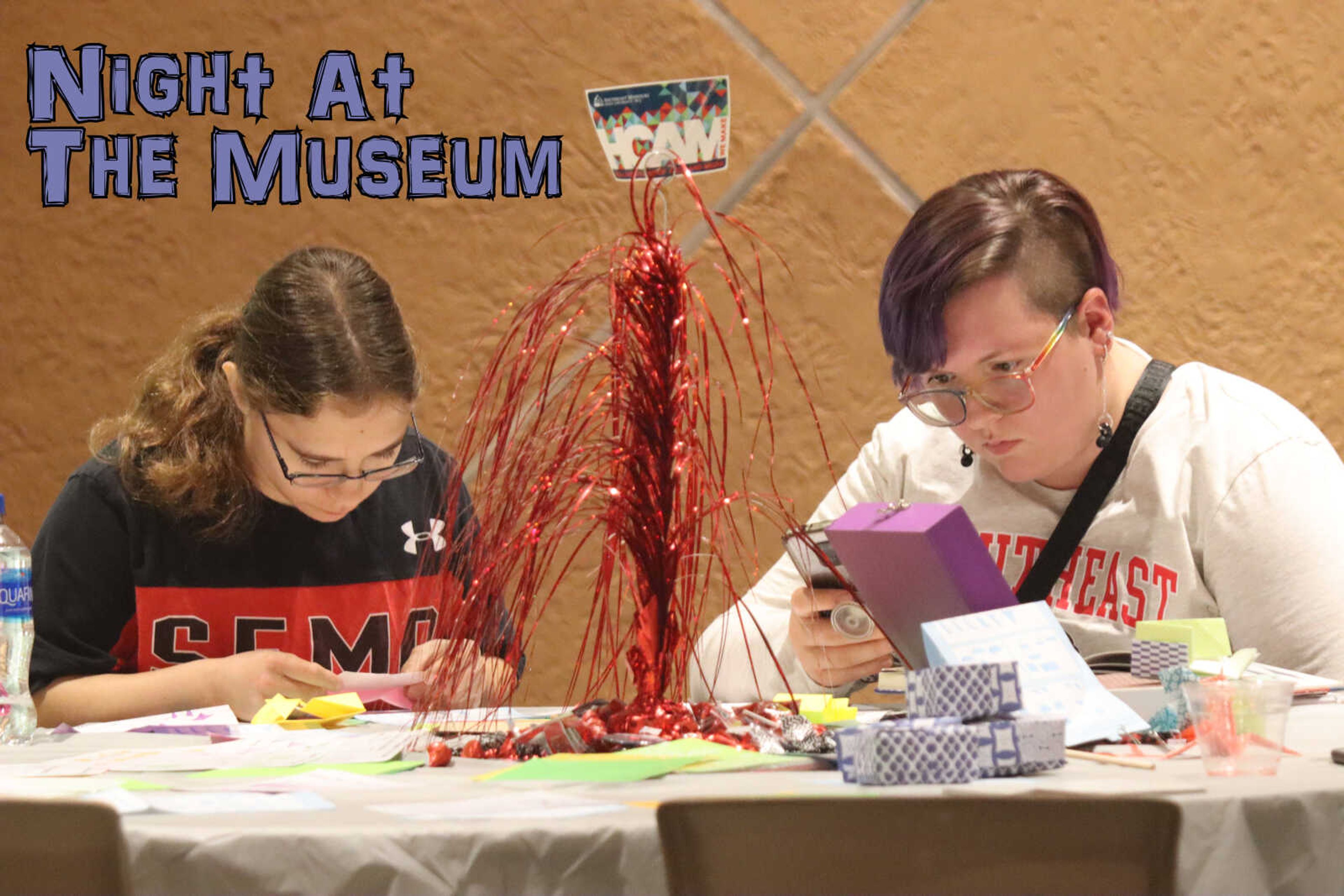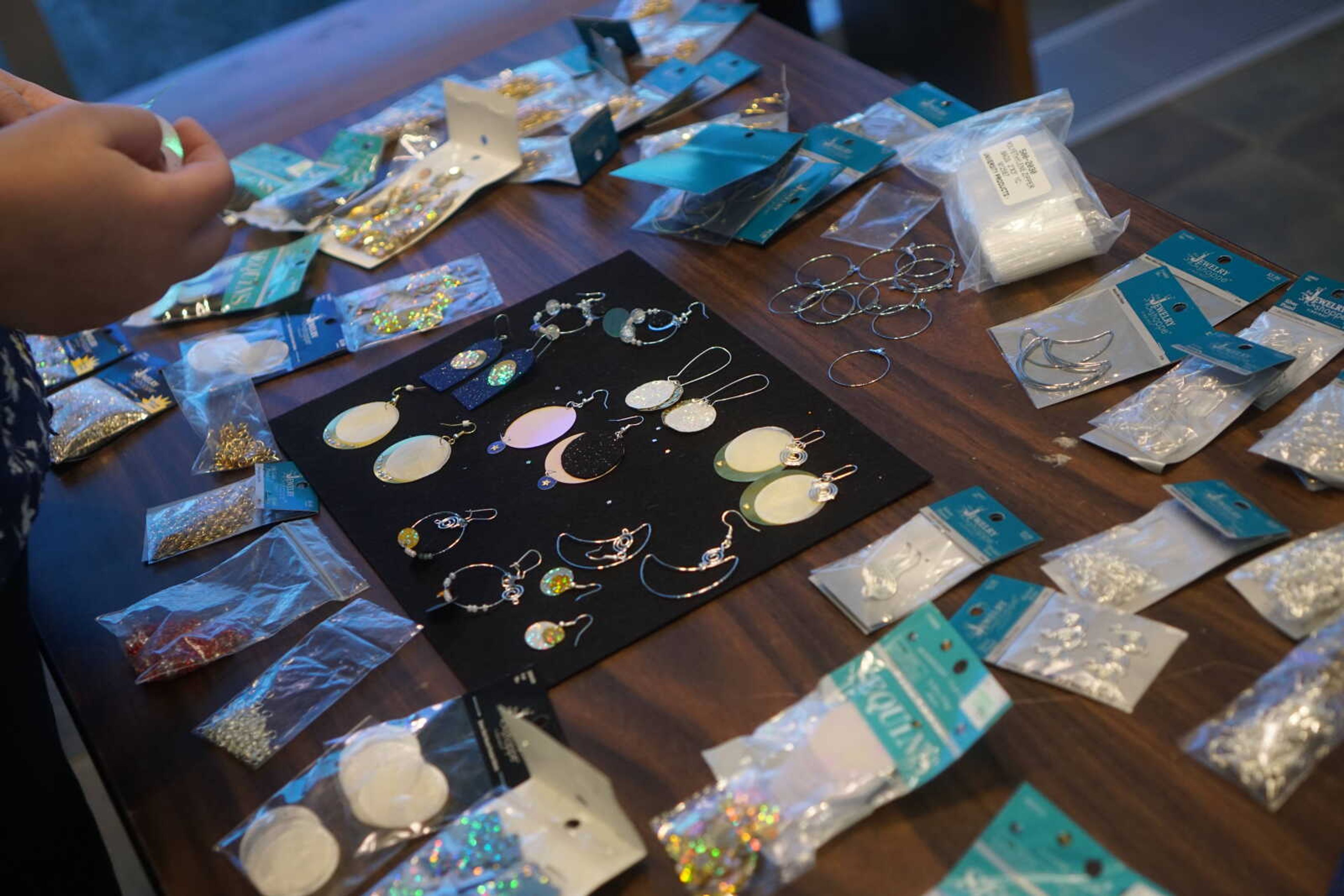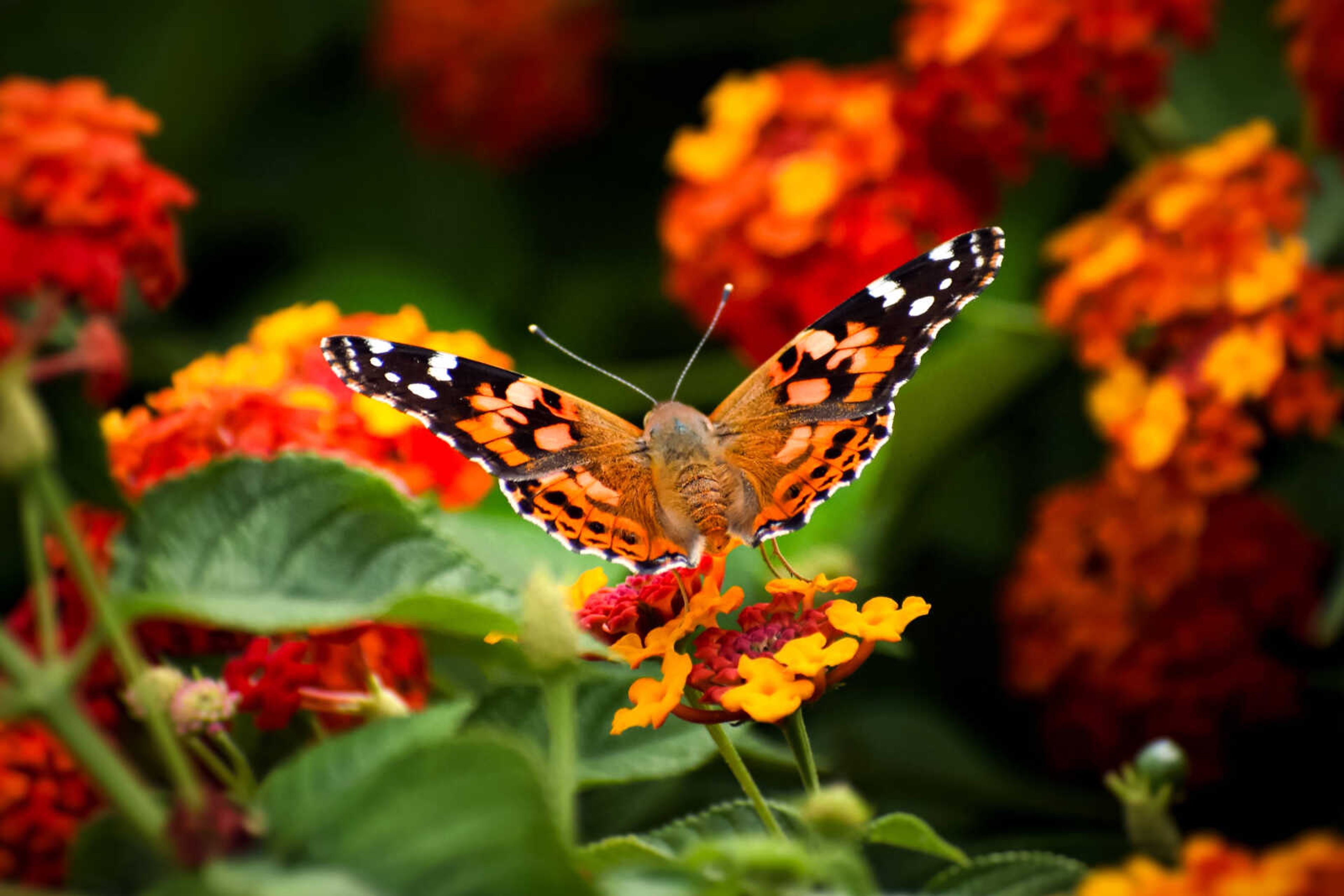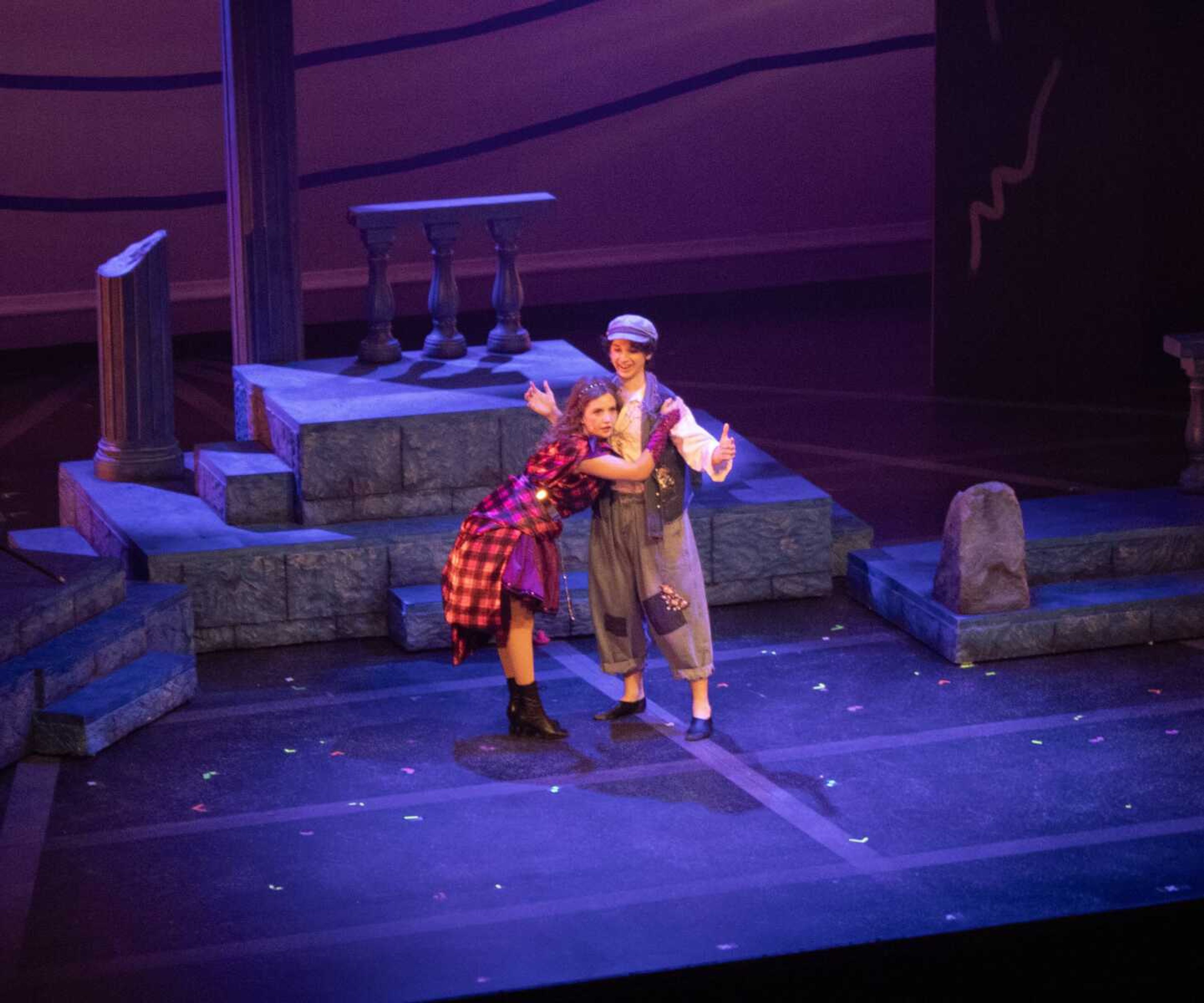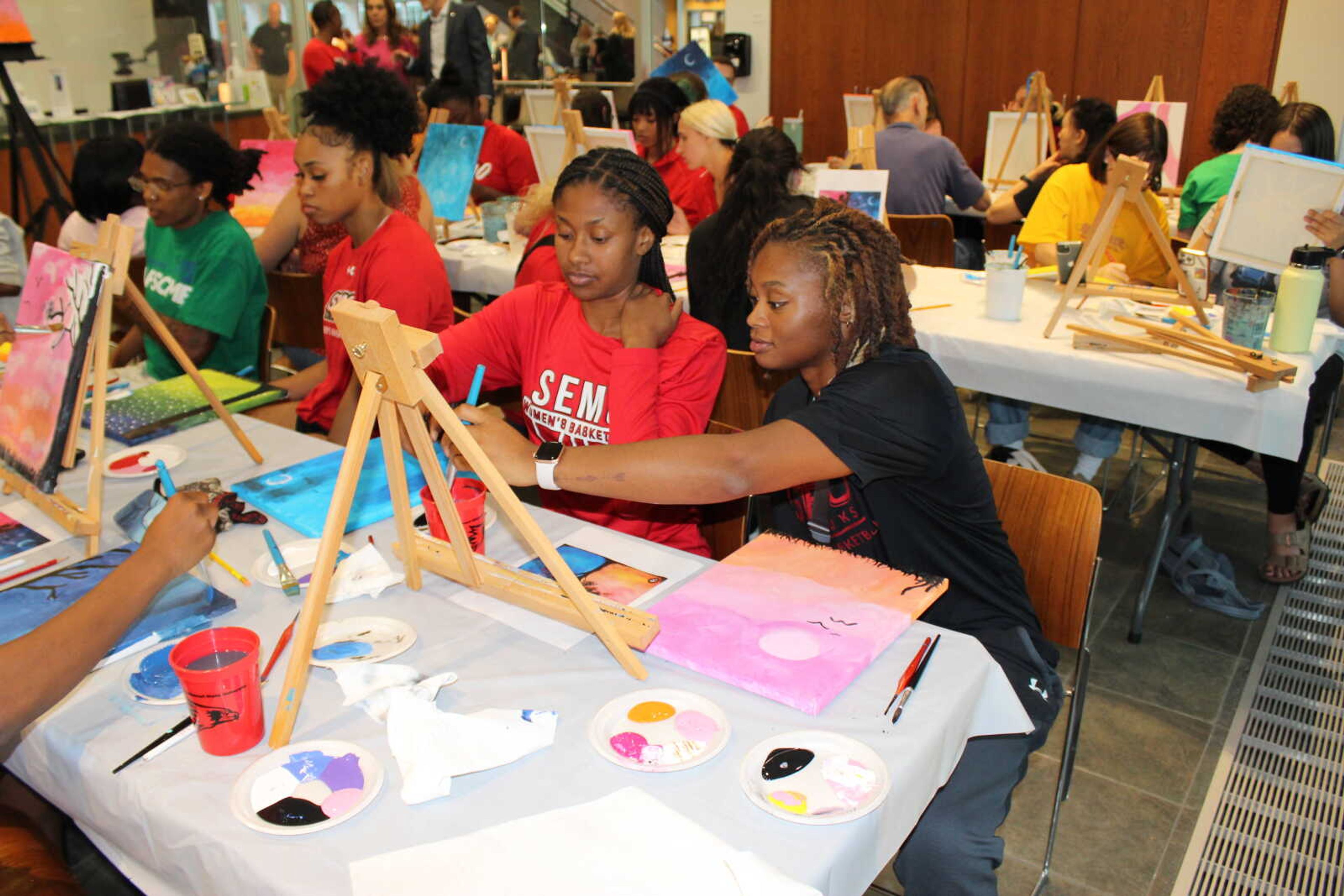Chris Wubbena, head of sculpture in the Department of Art at Southeast Missouri State University utilized a new use of sculpture in a performance piece entitled, “Antiquity: An Experimental Performance.” Students across various disciplines at the River Campus cooperated in a feat of dancing, beating and climbing around Wubbena sculptures in the area between the buildings on Saturday Oct. 15, 2016 at 1 p.m.
Philip Edgecombe, co-author of the piece and collaborating dancer, was happy with the experience.
“I think it went really well. …. As a dancer in it, I had a really neat experience with the percussionists as they were playing on the devil’s chair sculpture, the ‘Diablo Silla’” Edgecombe said. “Just being in between the two sculptures as they were being hit on was a very intense audio experience for me as a dancer, and I think I may have moved in new ways.”
Wubbena also was gratified by the experience and thankful the weather was forgiving since the piece took place outdoors.
“I think it went better than we could have imagined,” Wubbena said. “The day turned out wonderful. It started off a little bit gray, a little bit rainy, but the sun came out at just the right time.”
Had it rained, a performance centered around the sculptures may have been more difficult according to Edgecombe.
“Since it was improvised, some of the grips and where you could put weight on the sculptures and dance with the sculptures utilizing them as a visual architecture … was definitely something to take into consideration,” Edgecombe said. “A lot of it was weather since it was outside. If it had rained and if the grass had been wet, and dancing on the sculptures as they were wet, it would have been very difficult.”
Wubbena wanted people to look at the piece, and if he could have them take anything from it, he wanted them to enjoy the moment.
“...Know that there are many things happening and many things that are beautiful that don’t last very long,” Wubbena said. “I mean these were only five-minute pieces. They were individual moments that were beautiful and experimental, but they were valuable.”
Wubbena said creating performances around sculpture is rare, and many performances take place on stage.
“Bringing different forms of art together is really what the River Campus is about…,” Wubbena said. “... It’s really something we want to do at this school. It’s to bring more of the arts together.”
Originally, Wubbena was not going to put his sculpture in a widely used public space. He thought about using farmland or woodlands so the pieces would become part of the landscape.
“Not until I got them right here did I think that they actually become more within the performing arts,” Wubbena said.
The idea came about mutually when Wubbena noticed Edgecombe using his work for his Dance II class, and Wubbena related to Edgecombe that he wished more people would utilize his work. Wubbena always wanted his work to be adapted in one way or another.
“I thought that after awhile they would just become a part of that space, whatever that was,” Wubbena said. “Things would grow up around them, or somebody would paint them or something like that, so these sculptures are going to change at some point or parts of them probably will. … So they’re no longer mine.”
